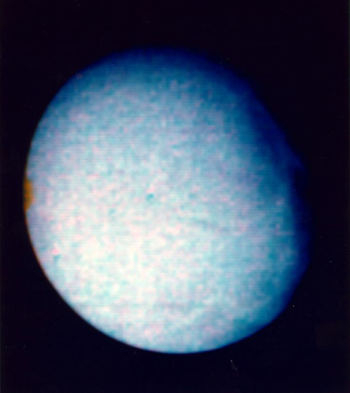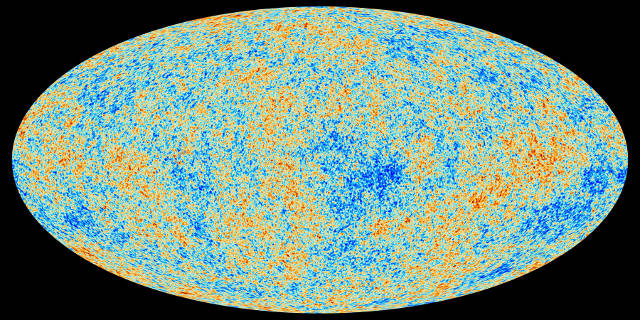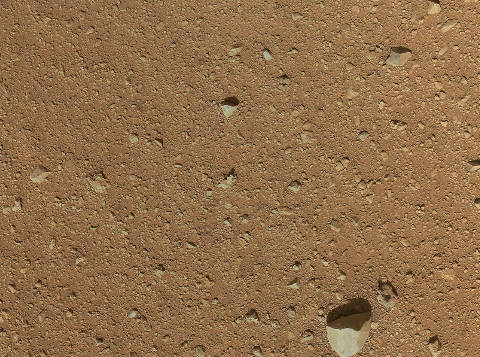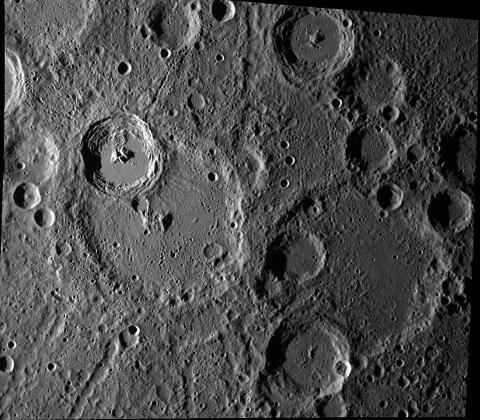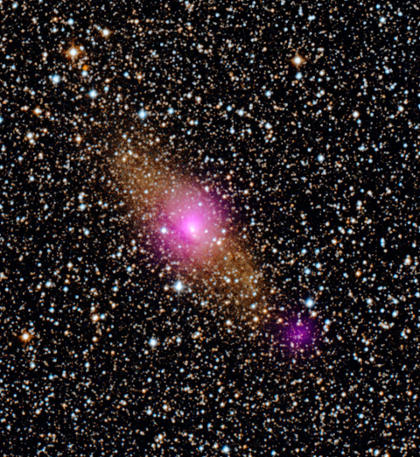
The two purple/magenta coloured spots in this picture show a massive black hole in the center of the Circinus Galaxy and a smaller black hole beside it. The smaller black hole belongs to a class called ultraluminous X-ray sources, or ULXs. It was what lead to this discovery, where the larger black hole is believed to be around one hundred times the size of our Sun. The Circinus galaxy is located about 13 million light years away from Earth in the Circinus constellation.
The X-ray data came from NASA’s Nuclear Spectroscopic Telescopic Array (NuSTAR) mission managed by JPL-Caltech.
